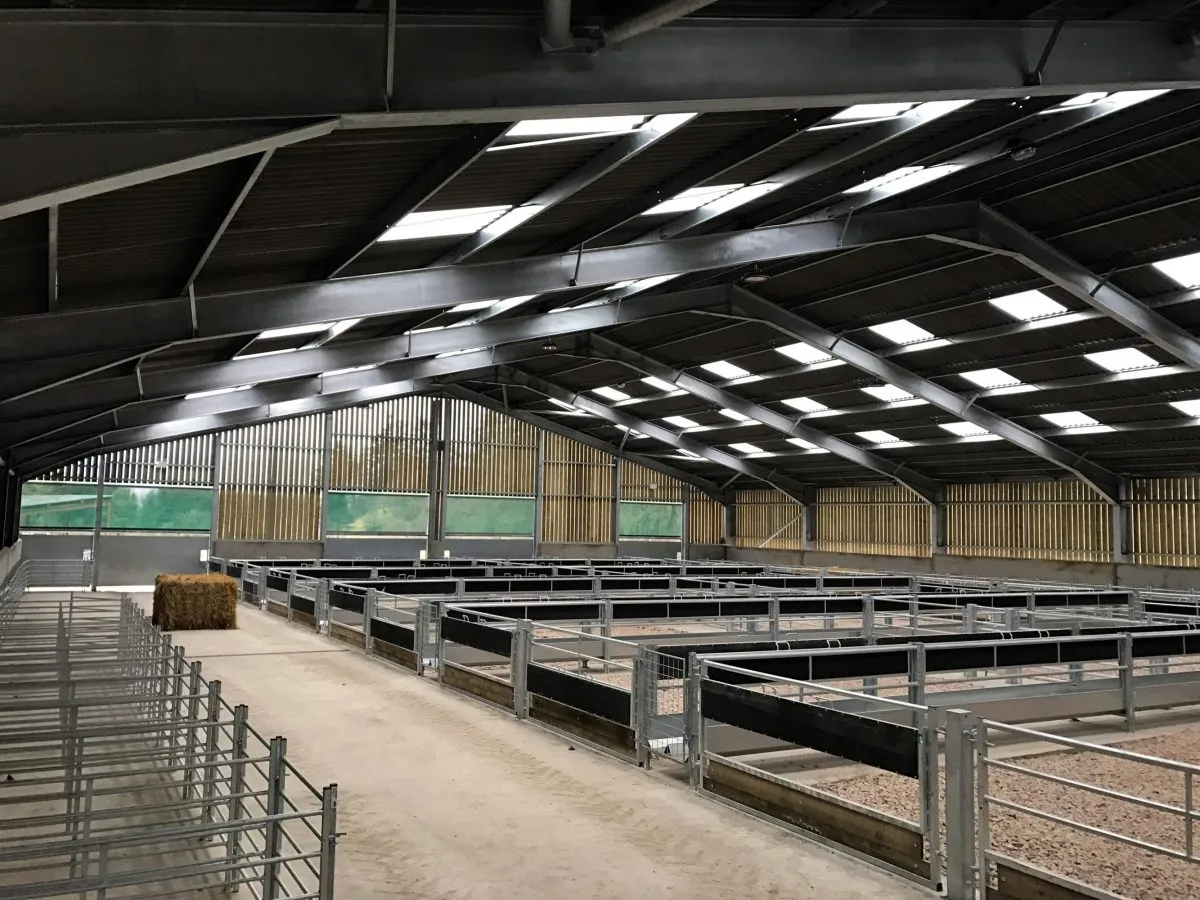- Afrikaans
- Albanian
- Amharic
- Arabic
- Armenian
- Azerbaijani
- Basque
- Belarusian
- Bengali
- Bosnian
- Bulgarian
- Catalan
- Cebuano
- Corsican
- Croatian
- Czech
- Danish
- Dutch
- English
- Esperanto
- Estonian
- Finnish
- French
- Frisian
- Galician
- Georgian
- German
- Greek
- Gujarati
- Haitian Creole
- hausa
- hawaiian
- Hebrew
- Hindi
- Miao
- Hungarian
- Icelandic
- igbo
- Indonesian
- irish
- Italian
- Japanese
- Javanese
- Kannada
- kazakh
- Khmer
- Rwandese
- Korean
- Kurdish
- Kyrgyz
- Lao
- Latin
- Latvian
- Lithuanian
- Luxembourgish
- Macedonian
- Malgashi
- Malay
- Malayalam
- Maltese
- Maori
- Marathi
- Mongolian
- Myanmar
- Nepali
- Norwegian
- Norwegian
- Occitan
- Pashto
- Persian
- Polish
- Portuguese
- Punjabi
- Romanian
- Russian
- Samoan
- Scottish Gaelic
- Serbian
- Sesotho
- Shona
- Sindhi
- Sinhala
- Slovak
- Slovenian
- Somali
- Spanish
- Sundanese
- Swahili
- Swedish
- Tagalog
- Tajik
- Tamil
- Tatar
- Telugu
- Thai
- Turkish
- Turkmen
- Ukrainian
- Urdu
- Uighur
- Uzbek
- Vietnamese
- Welsh
- Bantu
- Yiddish
- Yoruba
- Zulu
Nov . 16, 2024 21:12 Back to list
The Rise of Prefabricated Steel Frames in Modern Construction
In recent years, the construction industry has undergone a significant transformation, with innovations that enhance efficiency, sustainability, and cost-effectiveness. One of the standout trends in this evolution is the rise of prefabricated steel frames. This method of construction offers numerous advantages, making it an appealing choice for various building projects—from commercial skyscrapers to residential homes.
Prefabricated steel frames are constructed off-site in a controlled environment. This process involves the assembly of steel columns, beams, and trusses in a factory setting, which allows for greater consistency and quality control. Once completed, these components are transported to the construction site, where they are quickly assembled to create the structural skeleton of a building. This contrasts sharply with traditional construction methods where materials are fabricated on-site, leading to longer timelines and increased labor costs.
One of the key advantages of using prefabricated steel frames is the reduction in construction time. Because much of the work is completed in a factory, the on-site construction process is expedited. This can lead to a significant decrease in overall project duration, enabling developers to open buildings sooner and start generating revenue earlier. For busy urban areas, where time is often of the essence, this speed is particularly beneficial.
Additionally, prefabricated steel frames can significantly lower overall construction costs. With less time spent on construction and fewer on-site laborers needed, project budgets can be managed more effectively. Furthermore, the precision offered by prefabrication minimizes waste, as materials are cut to exact specifications in the factory before being transported to the site. This efficient use of resources not only saves money but also aligns with sustainability goals, as less waste contributes to a reduced environmental footprint.
prefabricated steel frame

The durability and strength of steel as a construction material are further reasons for its increasing popularity. Steel is known for its robustness and ability to withstand adverse weather conditions, including high winds and seismic activities. Buildings constructed with prefabricated steel frames exhibit excellent resilience, making them suitable for various climatic conditions and enhancing their longevity. This durability translates into lower maintenance costs over time, adding to the financial appeal of using steel in construction.
Another significant aspect of prefabricated steel frames is their design flexibility. Steel structures can be designed to accommodate a variety of architectural styles and requirements. Whether it’s a modern aesthetic with large open spaces or more traditional designs, prefabricated steel frames can be customized to meet specific project needs. This versatility makes them an attractive option for architects and developers seeking innovative design solutions.
Moreover, the integration of technology in prefabrication processes has opened up new possibilities in construction efficiency. Building Information Modeling (BIM) allows for precise planning and visualization of the project before it even begins. By using BIM, architects and engineers can collaboratively design structures that optimize the use of space, reduce material waste, and enhance overall building performance. This technological integration makes prefabricated steel frames not just a practical option, but also a smart one.
Despite their many advantages, some challenges remain in the adoption of prefabricated steel frames. One such challenge is the need for an adequate supply chain and transportation infrastructure to support the delivery of large prefabricated components. Additionally, while prefabricated construction can lead to significant time savings, it requires careful planning and coordination among all stakeholders involved in the project.
In conclusion, the rise of prefabricated steel frames signifies a pivotal shift in the construction industry towards more efficient, economical, and sustainable building practices. With the ability to significantly reduce construction time and costs while enhancing durability and design flexibility, prefabricated steel frames present a compelling option for modern construction projects. As technology continues to advance and the demand for innovative building solutions grows, it is likely that prefabricated steel frames will play an increasingly prominent role in constructing the landmarks of tomorrow. Embracing this method not only meets the current architectural and economic demands but also sets the stage for a more sustainable future in construction.
-
How Do Prefabricated Steel Structures Transform Modern Construction?
NewsJul.14,2025
-
How Do Prefabricated Metal Buildings Redefine Modern Construction?
NewsJul.14,2025
-
How Do Prefab Insulated Metal Buildings and Steel Structures Revolutionize Modern Construction?
NewsJul.14,2025
-
How Do Pre - Engineered Steel Structures Redefine Modern Construction?
NewsJul.14,2025
-
Advancing Modular Construction with Prefabricated Metal Structures
NewsJul.14,2025
-
Advancing Industrial Infrastructure with Prefabricated Steel Solutions
NewsJul.14,2025
Products categories
Our Latest News
We have a professional design team and an excellent production and construction team.












